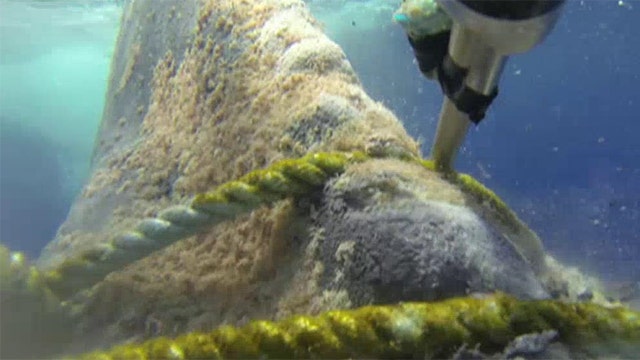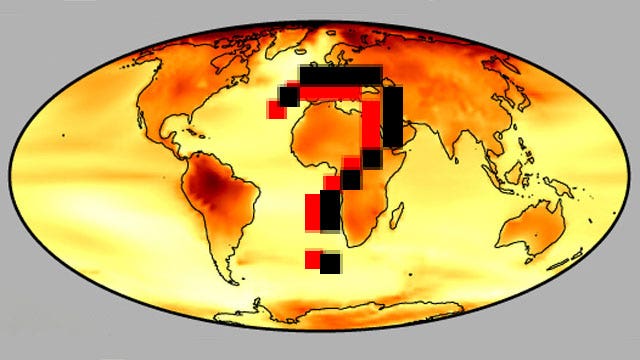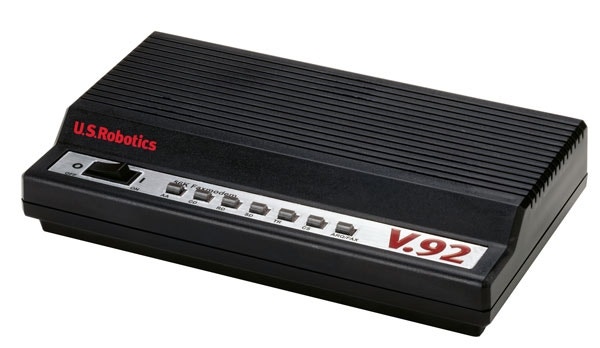David Speegle lived with his two successive spouses – Winifred Crawford and Nancy Garren – in 19th century Alabama. Between his two wives, Speegle had about 30 children and over 100 grandchildren. While many tiny details about Speegle’s day-to-day life have been lost over time, new light has been shed on the specifics of his genetic history thanks to research conducted by AncestryDNA, which is owned by Ancestry.com. It would have been inconceivable for Speegle to wrap his mind around the fact that two centuries after his death, AncestryDNA would reconstruct an unprecedented amount of his human genome – his DNA – and in the process, make great strides in consumer genetics’ ability to offer a clearer window to peoples’ family histories.
AncestryDNA derived 150,000 DNA Circles – a feature available to the company’s customers that connects people descended from a common ancestor through their genetic information — from collecting over 500,000 DNA samples and 60 million family trees through Ancestry.com. One of the shared ancestors of those grouped in the circles was Speegle. Everyone has 64 great-great-great-great-grandparents if they trace their family history six generations back, and attributing segments of one’s DNA to any of these ancestors is an “impressive feat,” according to a release from Ancestry.com.
Reconstructing Speegle’s genetic history has broader implications than just shedding light on one’s personal heritage. The breakthrough in piecing together the 19th century father’s genome reflects advances in not only the effectiveness of “big data” research, but in the long-term, provides people a clearer connection to history.
“One of the reasons we did this was to validate the other work we are doing and to push the boundaries of what we can do,” Catherine Ball, vice president of genomics and bioinformatics at Ancestry.com, told FoxNews.com.
Ball and her team had been working on compiling the data for this project since 2012, and said the success in tracing so many Ancestry.com customers back to one common ancestor was important in “defending” the DNA Circle “product as trustworthy and scientifically important.”
“Our team is always excited about pushing the envelope of this technology,” Ball added. “Just think of the implications of this. What are the things that we think are science fiction now that could be reality? Can we predict different traits that an ancestor may have had, like red hair from ancestor ‘x’ or freckles from ancestor ‘y?’ Can we estimate their ethnicities? Can we figure out the relationships of those who are long gone? Can we create a virtual version of an ancestor’s genome? It’s the same kinds of things that we do with living people now. We’re moving in an exciting direction.”
Speegle’s living descendants will be notified about the research’s findings Tuesday, but due to privacy concerns, Ancestry.com is not releasing their information or identities.
For Ball, the implications of the use of big data in this research are particularly exciting.
“The whole tech industry is very alive and vibrant right now surrounding big data,” Ball said. “It’s being used in commerce. In health. Now, we are taking that and using that data analysis to find those small tiny tidbits that are pertinent to family history. It’s exciting. It personalizes big data.”
Ball, who has used Ancestry.com’s tools herself to dip into her own family’s history, said it is a “humbling” experience to be able to connect with one’s own history so viscerally.
What the Speegle research does, is offer people a more concrete connection to their own origins.
“It’s really interesting to see how these different historical events shaped who you are,” Ball said. “I think that one of our goals is to take the course of human history and help people find their place in it.”






Leave a Reply